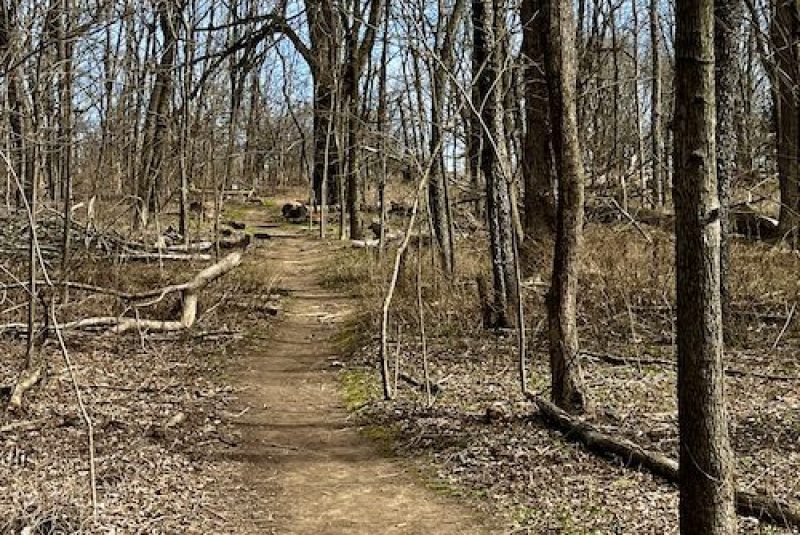Last week while walking in the woods at the Arboretum I was overwhelmed by the number of downed trees from the recent severe storm. It was hard to imagine that on this beautiful spring-like day, with the birds singing and flowers beginning to bloom that only a few days earlier so much devastations had taken place. This is what true resilience looks like I thought to myself.
As I traveled further into the woods there, she was in all of her glory, a massive Burr Oak that had fallen from a catastrophic ice storm back in 2003. The Queen of these woods had fallen. The middle of her great trunk, 50 inches in diameter had been cut to allow those like me who meander through to pass. Beside her was a plague that bore homage to significant events during her long life. Dating back as far as 1792 when KY entered the Union as the 15th state she was standing firm. She saw the speed limit of 15 mph for cars set in 1904. She witnessed UK Mens Basket Team win their first National Championship in 1948, and when KY adopted the goldenrod as the state flower in 1956. In 1979 she witnessed the University stop mowing the wooded lot, and in 1991 was standing tall and proud for the birthing of the UK Arboretum. I felt small and humble in her presence as I ran my fingers across the soft green moss so alive on her large fallen body. This keeper of so much wisdom and time had struck a cord within me that felt familiar yet foreign at the same time.
Was it the awareness of impermanence that touched me so deeply? I felt a tear roll down my cheek as the remembrance of these feelings became known. It was grief.
Coming out of the woods, I found a bench to sit on. I felt shaken as the now-identified grief, washed over me. I looked at the newly fallen trees that had come down just days ago and the ones still standing. Some were large around, and some were tall and slender, reaching high for the sky. I wondered if they too were grieving. Were they feeling the loss as we do when we lose part of our family? My heart tells me yes.
Science has now supported the fact that trees have an underground network of communication. The Smithsonian Institute writes Tree share water and nutrients through their networks, and also use them to communicate. They send distress signals about drought and disease, for example, or insect attacks, and other trees alter their behavior when they receive these messages.” Scientists call these mycorrhizal networks.”
There is so much more that we now know that is a conversation for another time. I encourage you to read, The Hidden Life of Trees by Peter Wollenben. My guess is that once you do, you will never view trees the same way you do now.
Gratefully from my heart to yours,
Jeni
Let’s stay connected.


 by Heart Light Digital
by Heart Light Digital